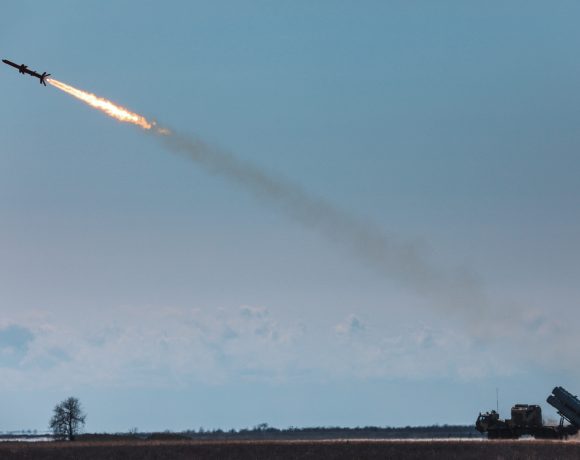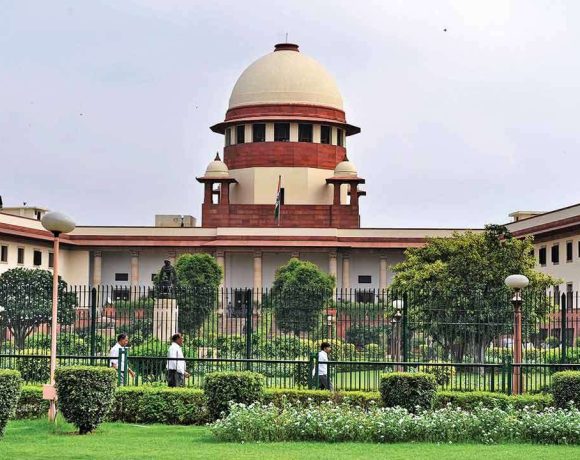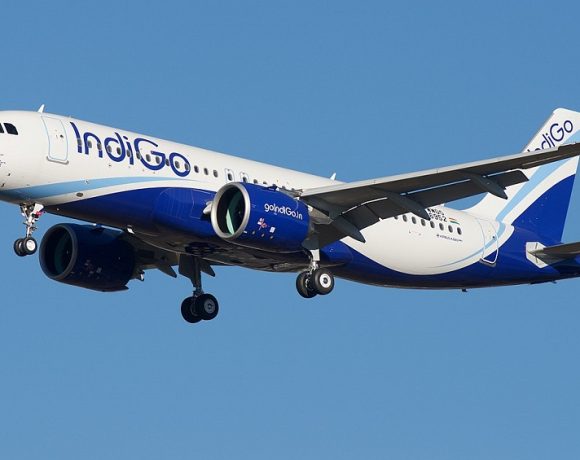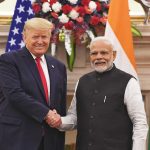
India’s Extreme Poverty Rate Falls to 5.3%: World Bank
India has recorded a major achievement in poverty alleviation, with its extreme poverty rate falling dramatically from 27.1% in 2011–12 to just 5.3% in 2022–23. According to the World Bank, this translates to nearly 269 million people being lifted out of extreme poverty over an 11-year period.
This progress comes despite a revised global poverty threshold, which now stands at $3.00 per day (in 2021 purchasing power parity), up from the earlier $2.15 benchmark. Even with the stricter standard, India’s performance in reducing poverty is being hailed as one of the most significant improvements among developing economies.
Major States Drive the Shift
Five states—Uttar Pradesh, Maharashtra, Bihar, West Bengal, and Madhya Pradesh—were instrumental in driving this reduction. In 2011–12, these states accounted for 65% of India’s extreme poor. By 2022–23, they were responsible for nearly two-thirds of the nationwide drop in extreme poverty, indicating effective policy delivery and targeted welfare schemes in some of the most vulnerable regions.
Rural-Urban Divide Narrows
The poverty decline has been broad-based, impacting both rural and urban regions. Rural extreme poverty fell from 18.4% to 2.8%, while urban areas saw a drop from 10.7% to 1.1%. The narrowing gap between rural and urban poverty levels points to the growing inclusivity of development efforts across India.
Rise in Middle-Income Security
In addition to extreme poverty, the report also tracked lower-middle-income poverty, defined as living on less than $4.20 per day. This segment saw a substantial reduction—from 57.7% in 2011–12 to 23.9% in 2022–23—indicating broader income growth and enhanced purchasing power across the population.
Government Programs Played a Key Role
The decline has been attributed in part to large-scale welfare initiatives such as the Pradhan Mantri Garib Kalyan Anna Yojana (PMGKAY), which provided free food grains to more than 800 million people during the COVID-19 pandemic. Continued government investments in healthcare, education, sanitation, rural infrastructure, and financial inclusion have collectively strengthened India’s social safety net.
Looking Ahead
While the country celebrates a decade of remarkable poverty reduction, policymakers are being urged to maintain focus on employment generation, rural development, and education. Sustaining this momentum will require continued reform, fiscal discipline, and protection for the most vulnerable in an increasingly complex global economic environment.
India’s success story in lifting millions out of poverty reinforces its emergence as a resilient and rapidly evolving economy committed to inclusive growth.


















